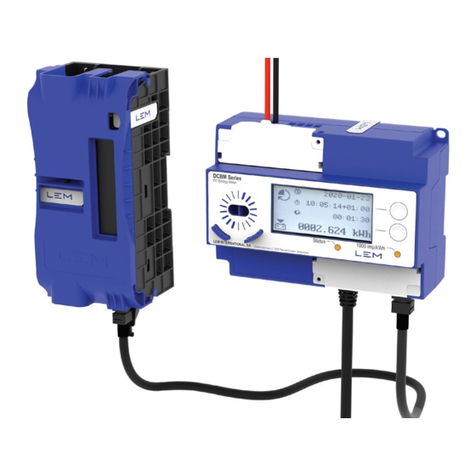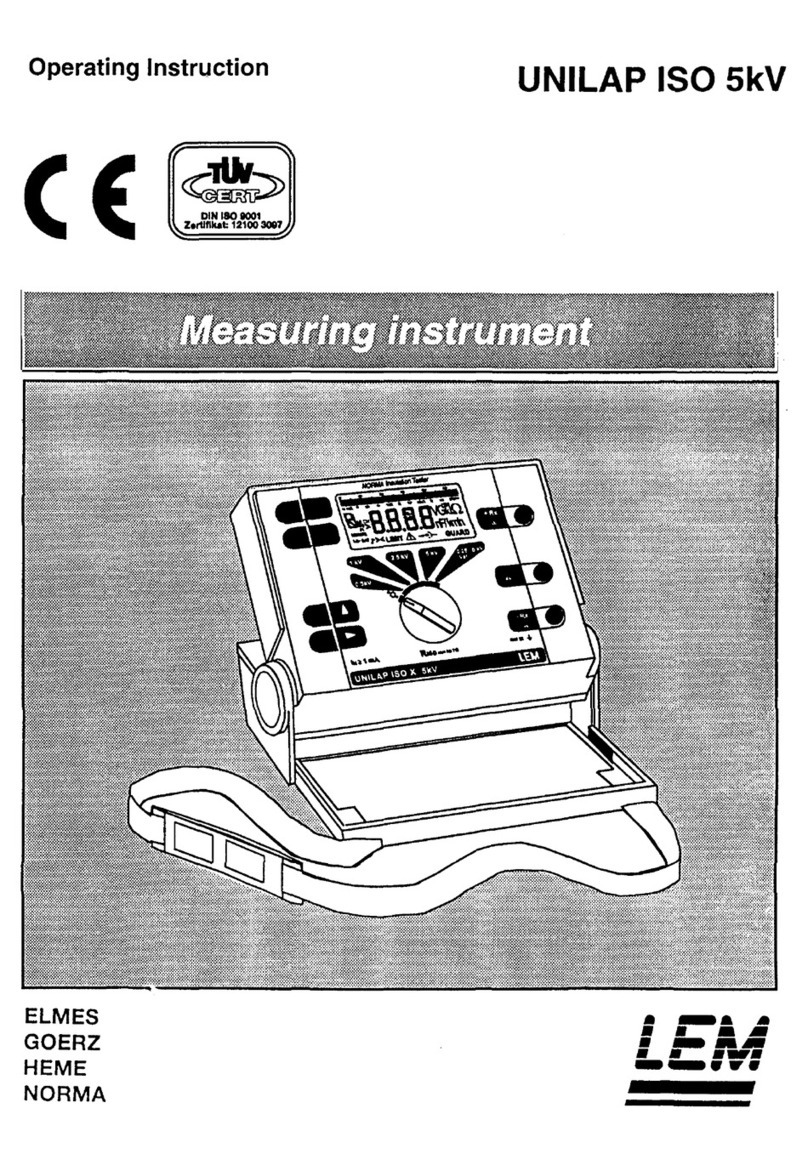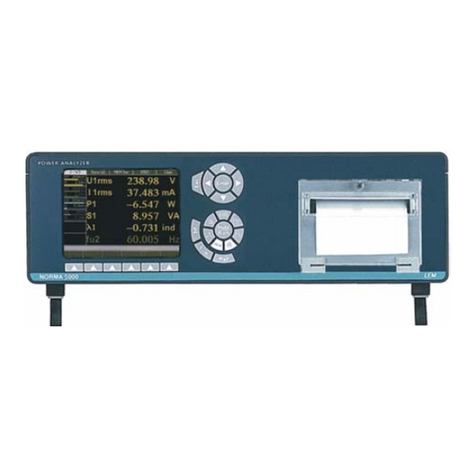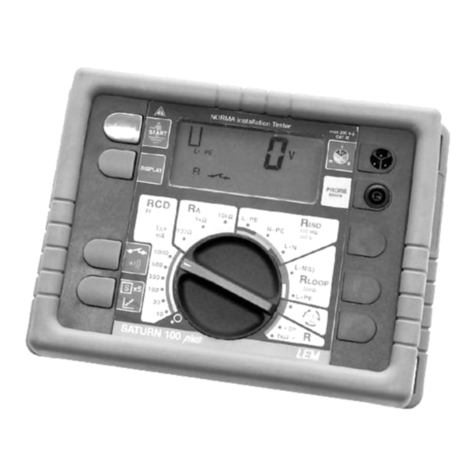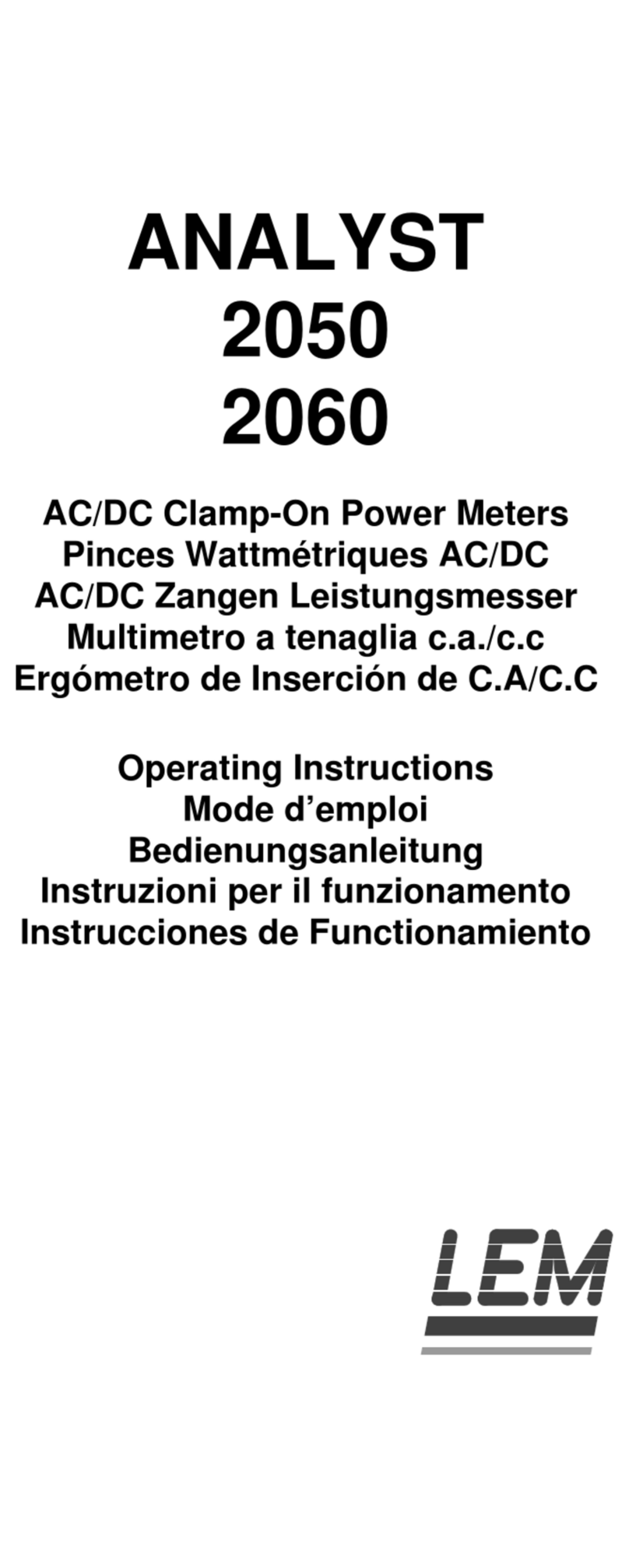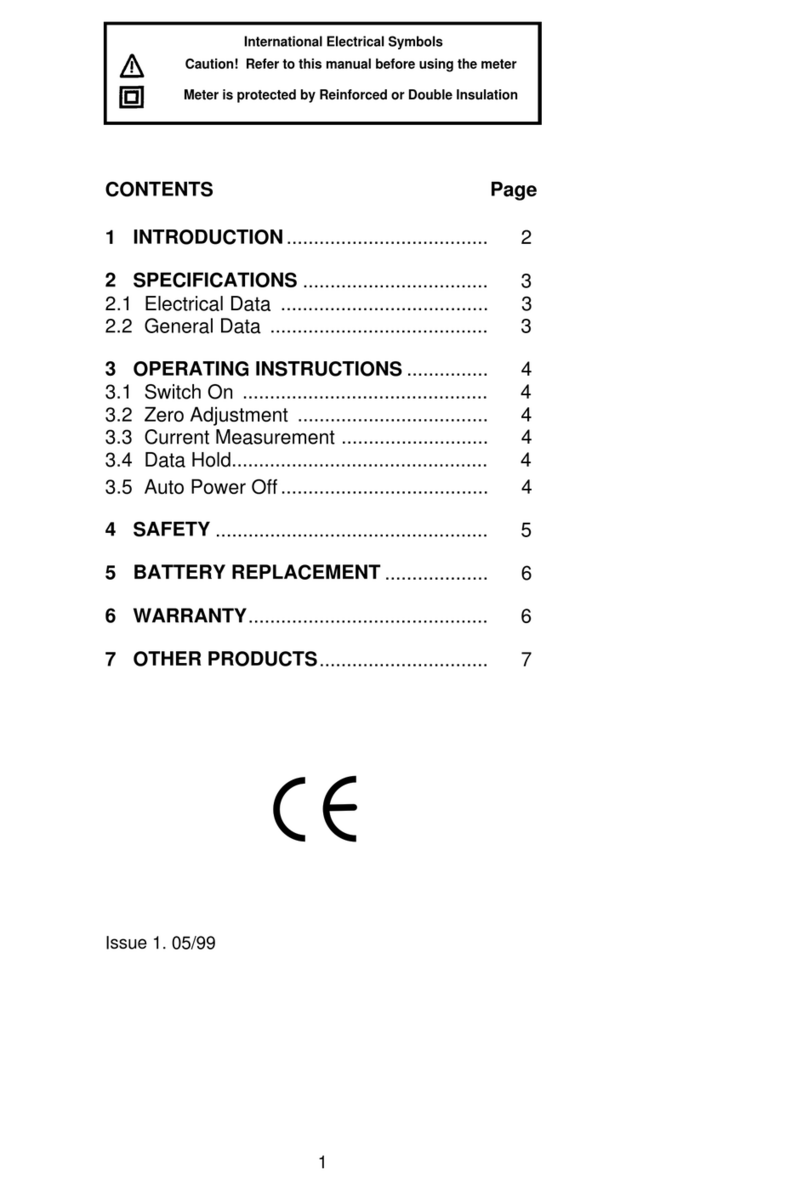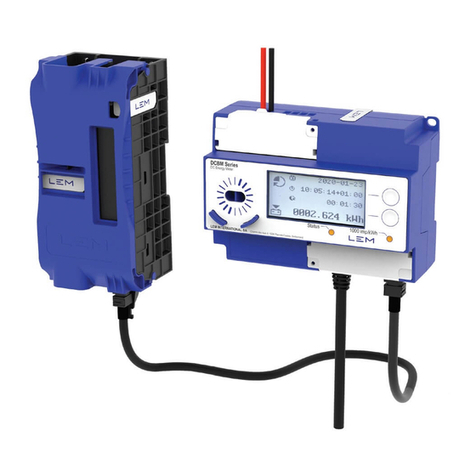05November2020/V1.0 Page 4/33
2. Product description
This operating manual describes all design variants of the EM4TII+. Be aware that meters may be
designed differently with regard to configuration, interface, inputs/outputs etc. It is possible that some
meter characteristics are described here which do not apply to your meter.
The EM4TII+ is a single-phase energy meter as per EN 50463-x:2017 and thus meets the
requirements of the EU directive 1302/2014/EU in accordance to Commission Implementing
Regulation (EU) 2018/868 and 2019/776.
The energy meter EM4TII+ contains the energy measurement function (EMF) as well as the vehicle-
side Data Handling System (DHS) up to the output-side interface for the communication function
(transfer of the CEBD to the communication function). The communication device must process and
transfer the data to the ground site in XML format in accordance with EN 50463-4: 2017.
The EM4TII+ processes signals from transformer-based and electronic transducer systems for current
and voltage and generates a load profile from the energy values they calculate.
The load profiles are recorded in datasets with a default period length of 5 minutes (other period
lengths available on request). These datasets contain the date, time, traction type and events together
with the primary energy (delta) values and can optionally contain the location coordinates too. The
measured energy data consists of consumed and regenerated active and reactive (for AC) energy in
separate registers and is stored in the load profile for at least 300 days (for 5-minute period length).
The energy values are generated separately from the signals from 2 AC and 2 DC input channels (U
and I in each case). In the process the highly precise measurement of energy values is achieved using
the digitally sampled converter signals and thus makes for the highest degree of temperature and
long-term stability. The EM4TII+ is also optionally available for DC measurement in a design with 1
voltage input and up to 3 current inputs which records the energy consumption on vehicles with more
than one current consumption points.
The EM4TII+ is suitable for use in multi-system vehicles. It can be used on 25 kV 50 Hz and 15 kV
16.7 Hz as well as 750 V DC, 1.5 kV DC and 3 kV DC. A system change is detected by the energy
meter and recorded in the load profile and in the logbook.
The EM4TII+ has a separate input for capturing serial data telegrams from a GPS receiver (NMEA
0183 format) from which the location coordinates can be generated and matched to the appropriate
energy data. When receiving GPS data, the internal RTC device clock synchronises, if necessary,
using the time information contained in the data telegrams.
As well as the load profiles special events can be saved in a logbook, as per EN 50463-3:2017. This
includes, for instance, the activation and deactivation of the supply voltage, activation and deactivation
of the rail network voltage, synchronisation of the time and changing the parameters important for
energy calculation.
In addition, the identification data on the EM4TII+ for the vehicle (CPID - Consumption Point ID) or the
train number, for instance, can be stored and read out separately. The illuminated display on EM4TII+
shows a rolling list of all the relevant energy and status information without it being necessary to
activate a mechanical or optical key.
The data is transferred via serial interfaces. All the measured and stored data can be read out via the
RS interface (via modem or locally). The interface variants RS232, RS422 or RS485 are available.
The applied data communication protocol is IEC 62056-21 and thus easily adapted by all common
remote read out systems.
